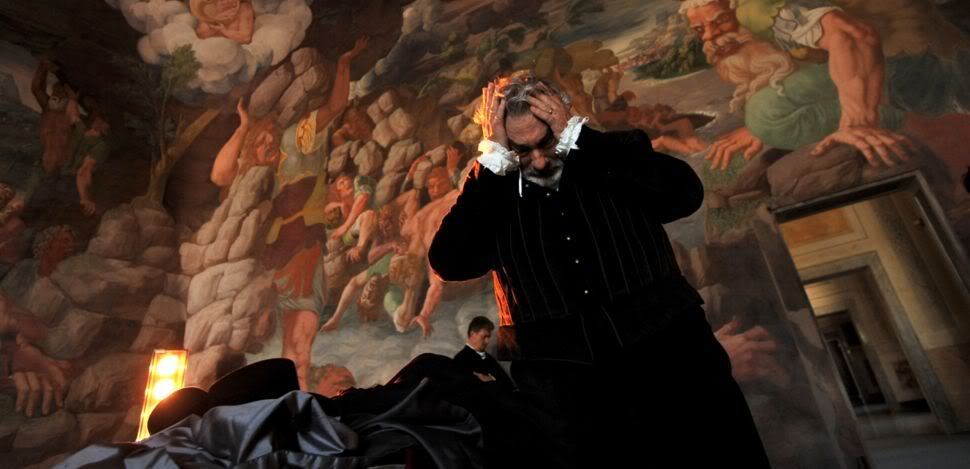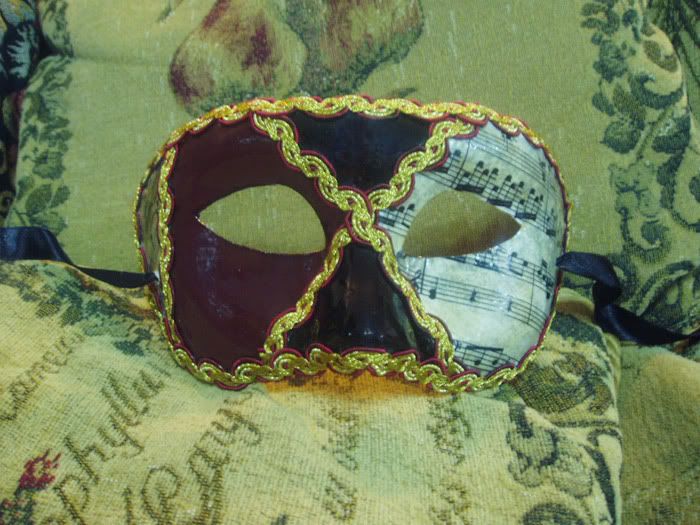Theresa Viglione
Theresa Viglione was an Italian and South African woman famous for saving the lives of many Voortrekkers in 1836 when she warned a group of them of an impending attack initiated by Zulu king Dingane. She is immortalized on a frieze in a Voortrekker monument in Pretoria, South Africa.
Biography
Born to an Italian family originally from Piedmont, Theresa Viglione moved to South Africa with her family in the early 19th century. Her family is believed to have belonged to the Valdese congregation, a Protestant church in western Piedmont, whose members were forced to flee Piedmont—then part of the Sardinian Kingdom —because of discrimination against Protestants by the local authorities.
Background
On February 6, 1838, a group of Voortrekkers and their servants went to negotiate with the Zulu king Dingane. The party was led by Piet Retief, an Afrikaner leader. The king received Retief and his group at his cattle-kraal, and they began to discuss a treaty amending a previous treaty signed in January 1836. Initially he was obstructive about drawing up the treaty, but eventually he signed it. He invited the Voortrekkers to share some sourgbeer with him. The trekkers left their muskets outside, entered the kraal and sat at the King’s feet. While beer was served the surrounding warriors began to dance and shout. The King leapt to his feet and yelled ”buladani abatagati!” (“Kill the wizards!”). The Voortrekkers were taken to be executed. They were impaled and their bodies left on a hillside to be eaten by wild animals, as was Dingane's custom with his enemies. Piet Retief was the last to be killed. Dingane gave orders for the Voortrekker laagers to be attacked, which would have plunged the migrant movement into disarray.
The Zulus headed towards Natal to annihilate the rest of the Voortrekkers, who were encamped in the countryside watered by the rivers Bloukrans, Bushman and Mooi streams. Gerrit Maritz, the acting commander in Retief’s absence, was near Bushmans River. The Zulus, with a total strength of about three regiments, almost killed all of the Lieberberg, Prinsloo, Botha, and Bezuidenhouts laagers. A band of Italian traders were encamped not far from the laagers, where many women and children were killed. Theresa Viglione was one of them. When she saw what was happening, she jumped on a horse and rode off to Bushmans River to Maritz' camp and warned everyone there, allowing them to defend themselves.
Sources
References - A Short History of South Africa, by John Selby, pages 91–96: Classic in Post-Colonial Worlds, by Lorna Hardwick and Carol Gillespie, page 153.
.
The 'History of Italians in South Africa', which was posted here in 2008, was written by Janice Winters for 'Icon' magazine of South Africa in 2003. It has been one of the most read entries on this blog. It did reflect the history of a very self-determinist people. Many were of Piedmontese origin. For some reason, I decided to take a peek at it, I think in part because one item there stuck in my mind. It was the story of a Piedmontese woman named Teresa Viglione.
From the article link above:
Italians have been part of our military history from as far back as the Battle of Bloukrans during the Great Trek. When the Zulus attacked the Voortrekkers, an Italian woman, Teresa Viglione, rode down to the Bushman’s River, courageously risking her life to warn the Boer laagers and tend to the wounded. A carved marble tablet in the Voortrekker Monument honours her valour. During the next major conflict, the Anglo-Boer War of 1899, over 200 Italians formed the most renowned foreign legion to support the Boer cause, under the leadership of Italian cavalry officer Camillo Ricchiardi. This distinguished officer earned the status of hero as well as gentleman, writing condolence letters to the families of slain enemies and including any personal belongings found on the deceased.
I think it's safe to say that those "Italians" were Cisalpines who, as Afrikaners, were enthusiastically behind the Boer cause. I recall looking up her name and finding some more substantial information about her on a couple of Piemontesi nel Mondo blogs written in Italian, but I wasn't able to find them on a search and I have misplaced any links that I found then. Teresa's heroic ride on horseback--assuming that anyone who risked their life in the face of danger was heroic, regardless of which geo-political side they may or may not have been on--sort've reminds me of Caesar Rodney's heroic ride on horseback, while riddled with cancer, in order to arrive in time to vote for American independence.
I did find a 2008 newsletter, written in Italian, by Piemontesi nel Mondo. One item on there was about the Piedmontese history of South Africa, and a movie or documentary about the subject. I tried, but was unable to translate it properly. Teresa Viglione is mentioned, and the reality of her situation is presented in a much more blunt fashion, as the Zulus were exterminating the Boers. I only mention that because I would like the situation, from her individual perspective, to be known. The Zulus were killing off Boer villages, and this brave woman rode--presumably a long distance through dangerous Zulu territory--to warn people, presumably in the larger settlement.
Could she have looked like Kristin Cavallari, galloping along on a white horse, with flowing blonde hair? Maybe... probably not, but for whatever it's worth here in 2012 (the incident took place sometime in the late 1800s I think), I salute her courage. She's a Cisalpine to remember.
I think it is a documentary, and it was directed by Antonio Varaldi, who is a Piedmontese-Afrikaner from Johannesburg. Apparently, the story begins in 1688 to 1700 when a couple of hundred Piedmontese-Waldensians were forced to emigrate due to religious persecution. If anyone out there can look at the link perhaps, and give us some information about this 2007 movie or documentary, please leave a comment. Thanks.
[Note: It appears that her name is, historically-speaking, referred to as "Theresa Viglione." Although, some seem to think that "Teresa" was her actual name. This is what led me off track, and there is, in fact, much about her; which, of course, changes everything. But, it's a pleasant error; but one which makes this entry a bit out-of-place now. There will be more to post, but after her chief entry (the next one), I think I'll give it a rest for awhile.]
.

'Rigoletto' at the San Francisco Opera
Music by Giuseppe Verdi
Libretto by Francesco Maria Piave
SAN FRANCISCO OPERA PRODUCTION
One of opera's most vivid and compelling characters, a vengeful court jester, desperately tries to protect his daughter from disaster in this heart-wrenching tragedy. The first of two world-class casts led by Music Director Nicola Luisotti stars Željko Lučić, "whose vocal artistry is exceptional" (The New York Times); Aleksandra Kurzak, "a superstar in the making" (The Guardian, London); and, as the lecherous Duke, Francesco Demuro, "whose open, bright, superbly focused tone was reminiscent of Pavarotti" (Opera News).
The equally impressive next cast stars Marco Vratogna, who, as the sinister Iago in Otello (2009), thrilled San Francisco Opera audiences with his "vocal power and theatrical electricity" (San Francisco Chronicle); Albina Shagimuratova, "a phenomenon that must be heard to be believed" (Opera News); and Merola Opera Program graduate Arturo Chacón-Cruz with his "clarion tone and piercingly clean top notes" (Washington Times). Join us at Books, Inc. in Opera Plaza for Opera on the Couch—a lively post-performance discussion following the September 30 performance of Rigoletto at approximately 5pm. FREE and open to the public.
Join us at Books, Inc. in Opera Plaza for Opera on the Couch—a lively post-performance discussion following the September 30 performance of Rigoletto at approximately 5pm. FREE and open to the public.
Sung in Italian with English supertitles
Approximate running time: 2 hours, 35 minutes including one intermission
Pre-Opera Talks are free to ticketholders and take place in the main theater in the Orchestra section, 55 minutes prior to curtain (please note there is no talk on Opening Night, September 7, 2012).
.




